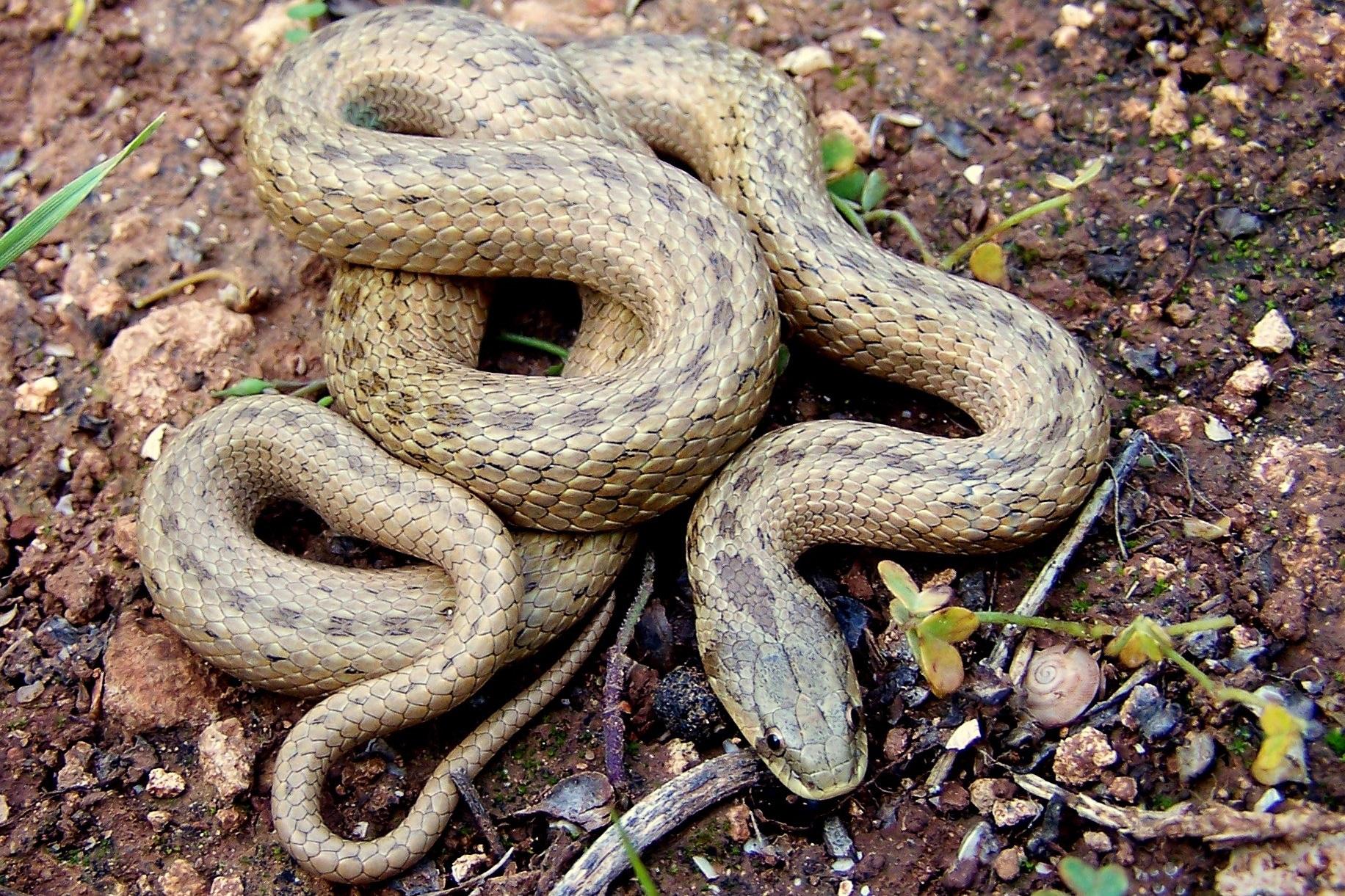By Ashlee Caliz
Copyright majorcadailybulletin

For most people, identifying snakes in the Balearic Islands can be difficult. Five different species are currently found on the islands. Two of these, the garrigue snake and the water snake, are considered long-established because they were introduced long ago. The garrigue snake is a protected species, and anyone who captures one is required to release it unharmed.
The other three species—the horseshoe snake, the green snake, and the white snake—are considered invasive. For this reason, the Conselleria encourages their capture in order to help reduce their numbers. While they are protected species on mainland Spain, this protection does not extend to the Balearic Islands. None of the snakes found here are dangerous to humans. Still, when an invasive snake is found or caught, it is important to contact the Consortium for the Recovery of the Fauna of the Balearic Islands (COFIB), which will advise on the proper steps to take. If the snake cannot be safely kept under control, the recommended option is to eliminate it in a way that avoids unnecessary suffering.
The garrigue snake can be recognised by its small eyes with vertically oval pupils. Its colouring is usually grey or cream with a series of dark spots running in a regular pattern across the back. The underside tends to be yellow or pink. A dark collar-shaped mark appears around the neck, along with a long spot beneath each eye. This species does not grow beyond sixty-five centimetres in length.
Top, garrigue snake. Bottom, water snake.
The water snake, on the other hand, has noticeably larger eyes with round pupils. Its colouring is quite variable, ranging from reddish to grey, usually with a zigzag line and spots along the sides. Its belly is yellow or orange with black patches. As its name suggests, it is semi-aquatic and often found near water. When threatened, it may display defensive behaviour and even attack, although it poses no real danger to people. Water snakes can reach up to ninety-five centimetres in length.
The white snake, also known as the ladder snake, is easier to identify by the two dark parallel stripes that run down its pale back. Its small, dark eyes are accompanied by a long spot that extends to the corner of the mouth. Juveniles have dark bellies, which become lighter as they mature. This species is an agile climber and can grow to around one metre seventy in length.
Top, white snake. Bottom, horseshoe snake.
The horseshoe snake is highly variable in colour. What sets it apart is the series of hexagonal black-edged spots along its back, as well as a distinctive horseshoe-shaped mark behind the head. Its belly is usually yellow or orange with well-defined markings. Like the white snake, it is a climbing species and is capable of reaching lengths of up to one metre eighty-five.
Green snake.
Finally, the green snake, sometimes called the bastard snake, is the largest species found in the Balearic Islands. Its colouring is greenish or greyish, often with a large dark bluish patch across the front half of the body, a feature that remains visible in adult males. The underside is yellowish or greenish, and a prominent scale above the eye makes it easy to distinguish. This snake is capable of reaching two metres in length.
Anyone who encounters a snake and is unsure how to identify it is advised to contact COFIB by calling 653 574 145, sending an email to ofidiscofib@gmail.com, or reporting the sighting through the website www.lineaverdecofib.es



